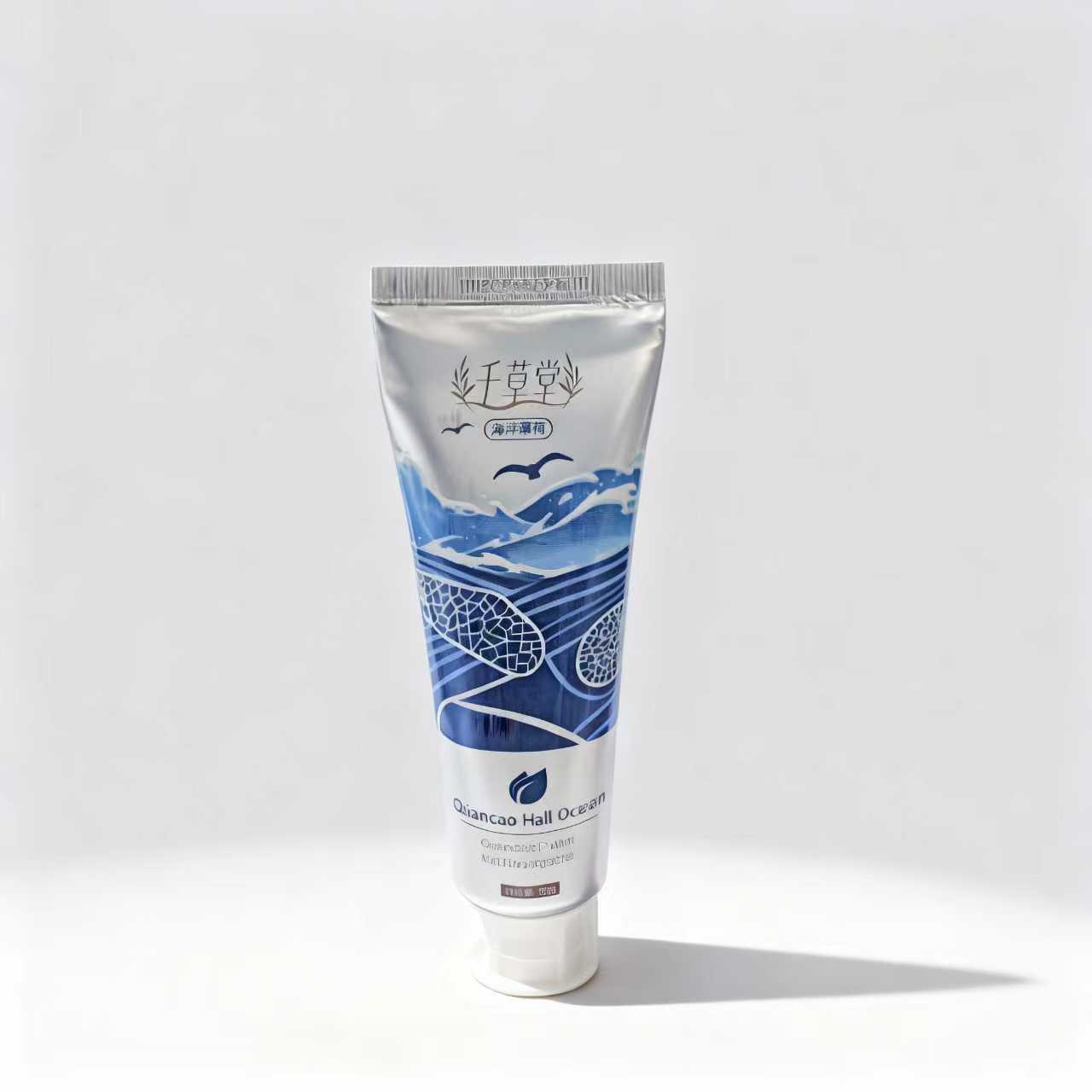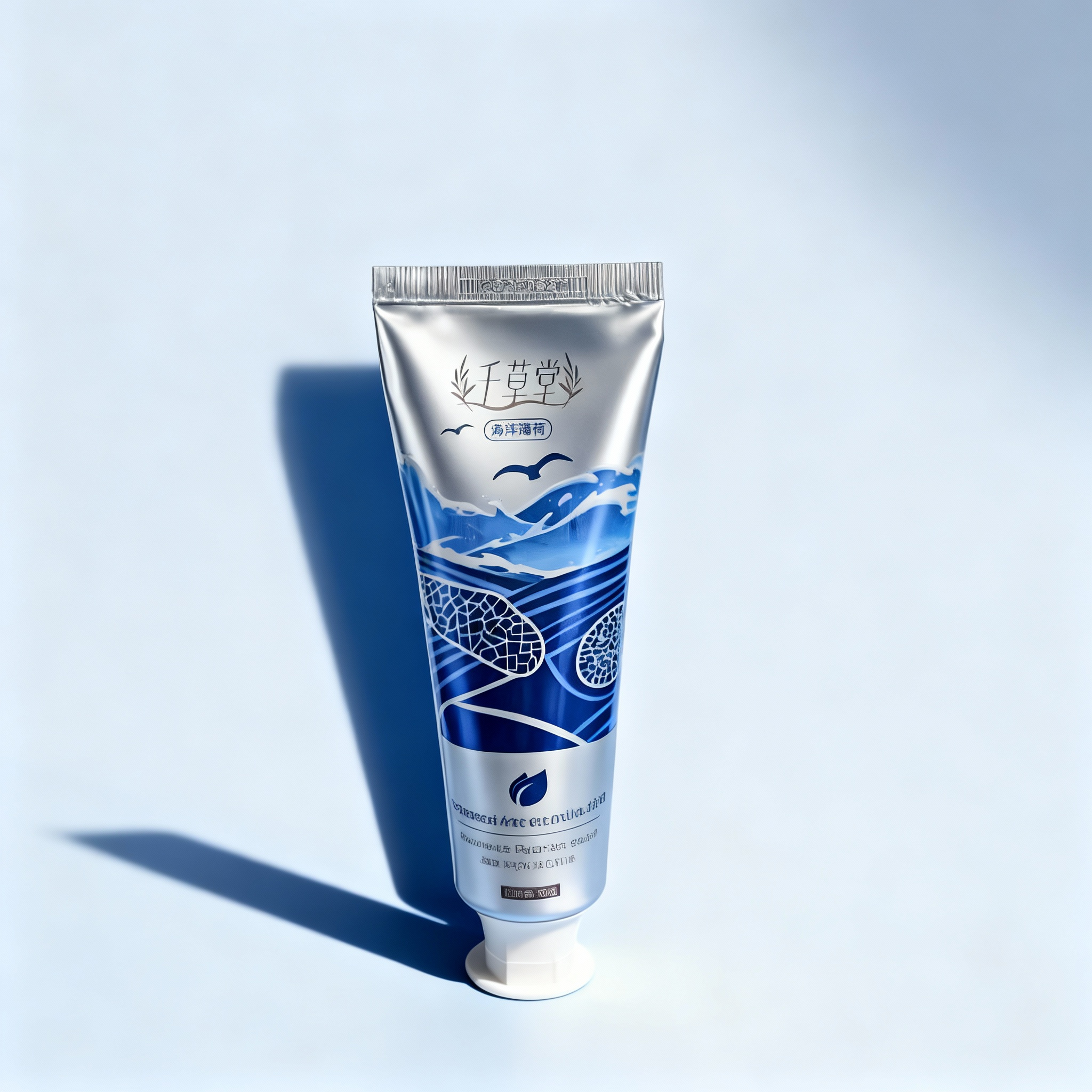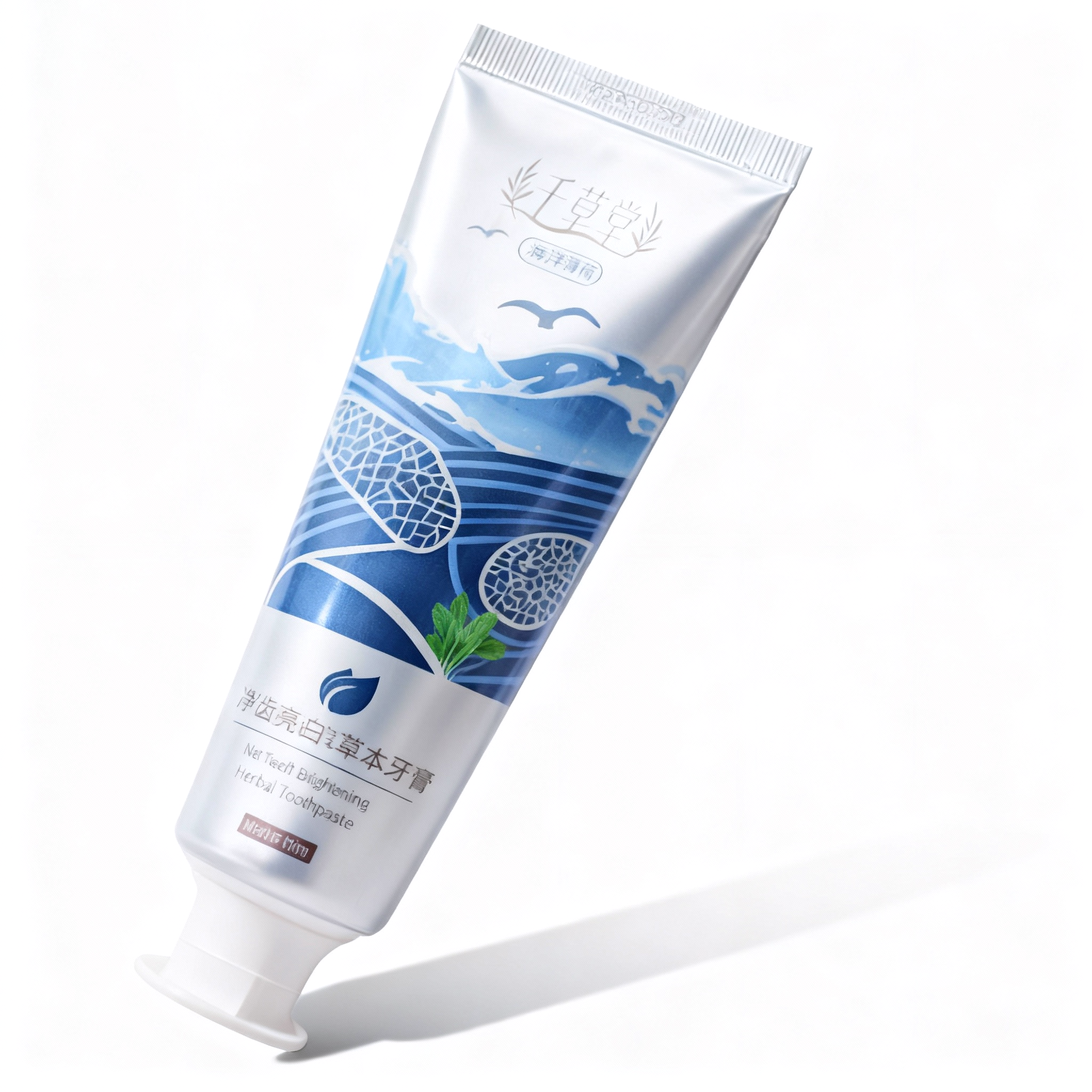
Study on the Application of Diatom Protein Nanomaterials in International High-End Cosmetics
Introduction: Characteristics and Advantages of Diatom Protein Nanomaterials
Diatom protein nanomaterials are natural biomaterials derived from marine diatoms, characterized by their unique nanoscale porous structure and superior physicochemical properties. Diatoms are unicellular algae with chloroplasts, whose cell walls are composed of silica (SiO₂) arranged in a highly ordered nanoporous structure with pore diameters ranging from 10 to 200 nm. This special morphology endows diatom protein nanomaterials with a high specific surface area (300,000–600,000 cm²/g), strong adsorption capacity, excellent biocompatibility, and outstanding chemical stability.
In the field of cosmetics, the use of diatom protein nanomaterials has been rapidly expanding, particularly in premium skincare and makeup products. Their distinctive physical and chemical properties enable significant advantages in oil control, moisturization, adsorption, UV protection, and skin brightening. With the increasing demand for natural, safe, and effective cosmetics, and the deep integration of nanotechnology in the beauty industry, diatom protein nanomaterials have become a next-generation functional ingredient, providing global cosmetic brands with both technological breakthroughs and competitive differentiation.
This study systematically analyzes the application of diatom protein nanomaterials in skincare and makeup formulations of international cosmetic brands, focusing on their mechanisms of action, incorporation strategies, and effects on product performance and quality. The goal is to provide valuable insights for cosmetic R&D teams, brand strategists, and consumers who value high-performance formulations.

Mechanisms of Action of Diatom Protein Nanomaterials in Cosmetics
1. Physical Mechanisms
Adsorption and Purification
The fundamental mechanism of diatom protein nanomaterials is physical adsorption. Due to their nanoporous structure (10–200 nm) and high specific surface area (300,000–600,000 cm²/g), these materials exhibit a powerful ability to adsorb oils, impurities, and excess moisture from the skin surface.
In cosmetics, this adsorption property functions as follows:
-
It absorbs sebum, creating a matte, non-greasy finish.
-
It removes impurities and keratin from pores, providing deep cleansing.
-
It modulates the release and stability of other cosmetic ingredients (e.g., fragrances and pigments) through adsorption control.
Impact on product performance:
In skincare, it enhances oil-control and cleansing efficacy, making formulations ideal for oily or combination skin.
In makeup, it improves product adherence and longevity, ensuring a more lasting and natural finish.
However, excessive adsorption may cause dryness, thus formulation balance with moisturizing agents is essential.
Light Scattering and UV Protection
Another key mechanism is light scattering. The unique porous structure of diatom protein nanomaterials enables efficient diffusion and reflection of light, particularly UV rays.
Applications include:
-
Scattering and reflecting UV radiation for physical sun protection.
-
Diffusing visible light to blur imperfections and create a smooth, even skin texture.
-
Working synergistically with pearlescent pigments to generate radiant optical effects.
Impact on product performance:
In sunscreens, diatom protein nanomaterials enhance UV defense while reducing the need for chemical filters.
In base makeup, they improve coverage and blurring performance for flawless skin.
In color cosmetics, they enhance pearlescence and glow, increasing visual appeal.
Research indicates that sunscreen formulations containing diatom nanomaterials provide broader-spectrum protection with lower irritation potential.
2. Chemical Mechanisms
Silicon Supplementation and Collagen Synthesis
A core chemical mechanism involves silicon enrichment and promotion of collagen synthesis. The silica-based cell walls of diatoms are rich in bioavailable silicon. Studies have shown that silicon levels in connective tissues decline with age, while supplementation can activate hydroxylase enzymes to stimulate collagen formation, improving skin strength and elasticity.
In cosmetic formulations:
-
Silicon boosts collagen synthesis, enhancing skin firmness and elasticity.
-
It improves skin hydration and water retention.
-
It promotes cellular metabolism and supports skin repair.
Impact on product performance:
In anti-aging products, it strengthens firming and wrinkle-reduction effects.
In moisturizing formulas, it prolongs hydration duration.
In repair products, it accelerates skin regeneration and wound healing.
Empirical results show that diatom-silicon-enriched formulations significantly increase collagen content and improve overall skin condition.
Antioxidation and Free Radical Scavenging
Diatom protein nanomaterials exhibit antioxidant and free radical scavenging properties. While their intrinsic antioxidant activity is moderate, components such as carotenoids and polyphenols contribute additional antioxidative capacity. Moreover, the porous matrix stabilizes other antioxidants, amplifying overall performance.
In cosmetics:
-
They neutralize free radicals and reduce oxidative stress.
-
They stabilize other antioxidants (e.g., vitamin E, coenzyme Q10).
-
They alleviate UV-induced inflammation and enhance skin recovery.
Impact on product performance:
In anti-aging and repair products, these materials delay oxidative skin aging.
In sunscreens, they reduce photo-induced irritation.
Clinical evidence suggests that diatom-based antioxidants effectively protect skin from environmental damage.
3. Biological Mechanisms
Cell Activity Modulation and Regeneration
Diatom extracts have been found to stimulate epidermal and dermal cell activity, promoting regeneration. Certain bioactive compounds in diatoms enhance cell proliferation, differentiation, and metabolic activity, aiding in self-repair and renewal.
Applications include:
-
Accelerating epidermal regeneration.
-
Enhancing fibroblast activity for collagen and elastin synthesis.
-
Regulating sebaceous gland function for balanced oil secretion.
Impact on product performance:
In anti-aging and repair formulas, this enhances elasticity and texture.
In oil-control products, it helps restore balance to oily skin.
Studies show that diatom-based cosmetics improve cell vitality and metabolism, resulting in visibly healthier skin.
Anti-Inflammatory and Soothing Effects
Diatom protein nanomaterials possess anti-inflammatory and soothing properties. Extracts contain bioactives with anti-allergic and anti-inflammatory effects, reducing redness, itching, and swelling. The adsorption ability also helps remove inflammatory mediators from the skin surface.
Applications:
-
Alleviating UV-induced redness and inflammation.
-
Calming sensitive or irritated skin.
-
Reducing acne-related inflammation and improving clarity.
Impact on product performance:
In sunscreens, they reduce UV irritation and enhance comfort.
In sensitive-skin products, they minimize reactivity and improve tolerability.
In anti-acne formulations, they reduce inflammation and promote healing.
Research confirms that diatom-based formulations significantly reduce skin inflammation, improving safety and broadening product applicability.
Conclusion
Diatom protein nanomaterials, characterized by 10–200 nm regular nanopores and high specific surface area, empower cosmetic formulations through three synergistic mechanisms:
-
Physical: Adsorbs sebum and impurities for oil control and cleansing, enhances makeup adherence and longevity, scatters light for natural coverage, and provides non-chemical UV protection.
-
Chemical: Supplies bioavailable silicon to boost collagen synthesis, firming, and hydration; stabilizes antioxidants to minimize oxidative damage.
-
Biological: Regulates cellular activity, stimulates collagen production, balances sebum secretion, and soothes inflammation—reducing acne, sensitivity, and UV irritation.
Overall, diatom protein nanomaterials combine natural origin, high efficacy, and multifunctionality, offering a next-generation solution for the premium cosmetic industry, where safety, performance, and innovation converge.



